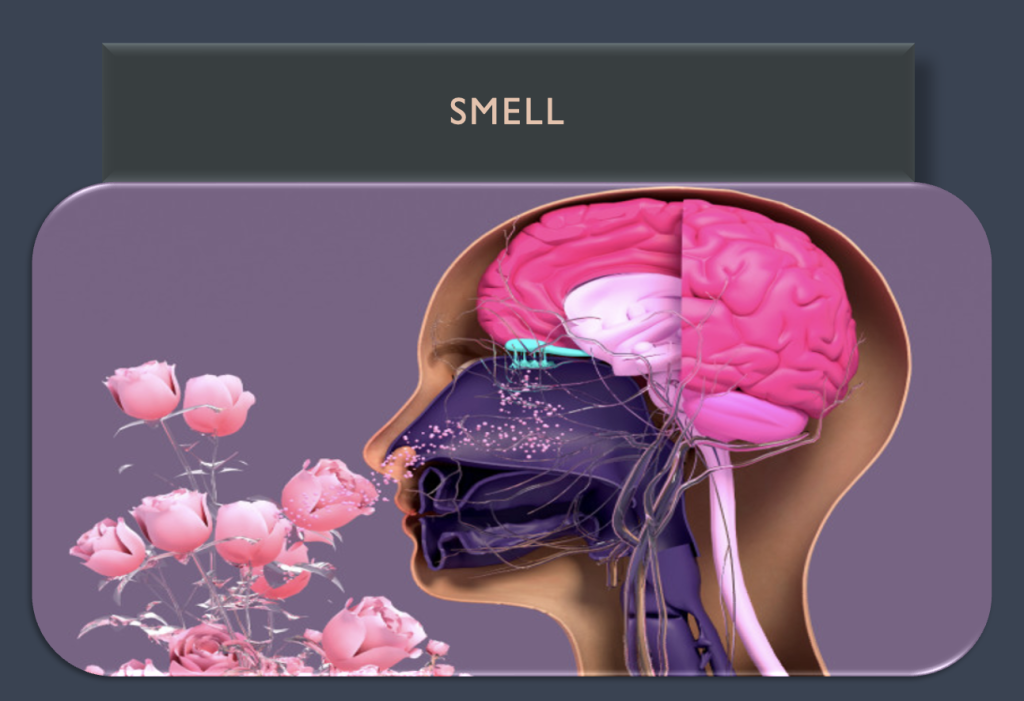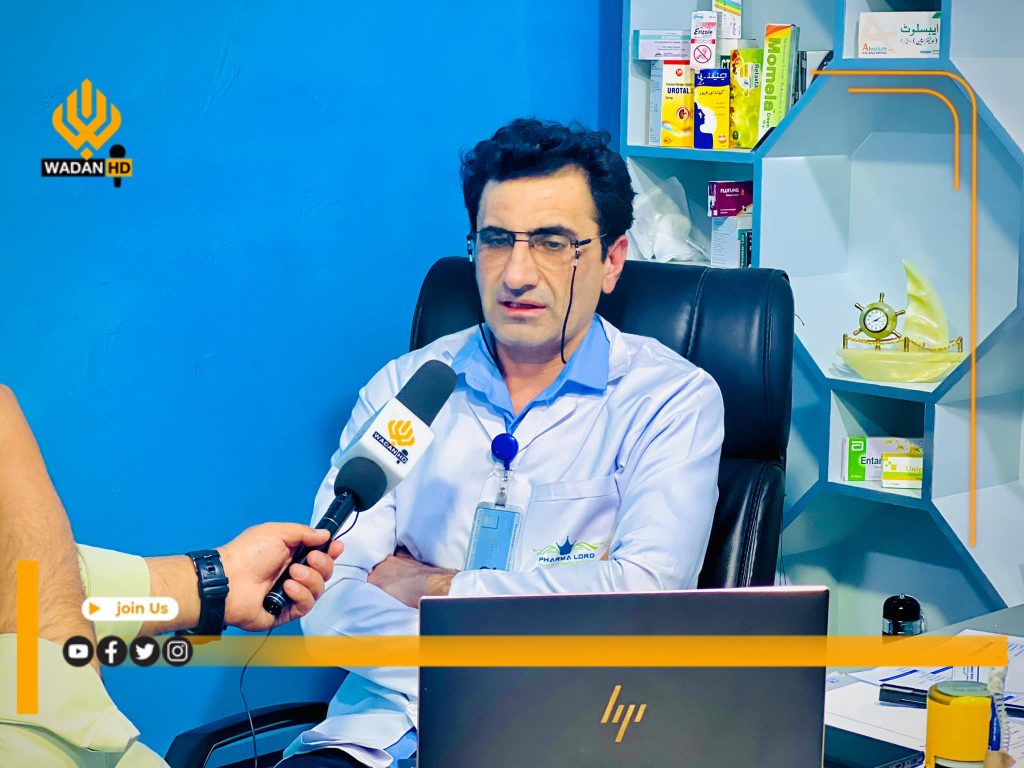The RMA Protocol is a comprehensive approach designed to guide the recovery of patients in a holistic manner, addressing not only physical health but also mental and social well-being. Below is a structured overview of the protocol based on the steps you’ve provided:
RMA Protocol Overview
The RMA Protocol is aimed at achieving complete recovery for patients in three key areas: mental, physical, and social health. It involves a structured process to diagnose, treat, manage, and follow up on patients.
Steps of the RMA Protocol
- Patient Registration:
- The process begins with the registration of the patient. Personal details and medical history are recorded for further assessment.
- History (Hx), Physical Examination, and Tests:
- A comprehensive medical history is taken to understand the patient’s background, current symptoms, and any past conditions.
- Physical examination follows to evaluate the patient’s general health and to identify any visible health issues.
- Tests are conducted based on initial findings to gather more information about the patient’s health status.
- RMA Session for Diagnosis by the RMA Commander:
- The patient undergoes an RMA session where the RMA commander (a healthcare professional or specialist) conducts a thorough diagnostic assessment.
- This session aims to formulate a complete diagnosis of the patient’s condition and to develop a comprehensive management plan tailored to the individual needs of the patient.
- Family and Patient Counseling:
- After diagnosis, both the patient and their family are provided with counseling. This step involves explaining the diagnosis in detail and discussing the proposed management plan, which includes treatments, therapies, and lifestyle adjustments.
- Subspecialty Referral:
- If necessary, the patient is referred to relevant subspecialists who can address specific health issues not covered under the primary diagnosis. These referrals may include specialists in areas like cardiology, endocrinology, or psychiatry.
- Monitor Own Patient in Subspecialty Clinics and Hospitals:
- The RMA protocol emphasizes continuous monitoring of the patient’s condition through follow-up visits to subspecialty clinics and hospitals. This ensures the patient’s progress is tracked and adjustments to the treatment plan can be made as needed.
- RMA Oxidative Stress Management at the RMA Center:
- A dedicated focus on oxidative stress management is provided at the RMA Center. Oxidative stress, which can contribute to various chronic diseases, is addressed through specific interventions and therapies aimed at reducing the body’s oxidative burden.
- Follow-up for Oxidative Stress Management:
- Regular follow-up sessions are conducted to monitor the patient’s oxidative stress levels and adjust the management plan as needed, ensuring that the patient’s body is effectively managing oxidative stress.
- Final RMA Session about Complete Health Certificate:
- After completing the recovery process, a final RMA session is held where the patient’s overall health is reviewed in terms of being socially, mentally, and physically well. A complete health certificate is issued, indicating that the patient has achieved full recovery and is in a stable condition across all areas of health.
Key Objectives of the RMA Protocol:
- Holistic Recovery: The protocol focuses on the whole person, not just the disease. It integrates mental, physical, and social health for comprehensive healing.
- Personalized Management Plan: Every patient receives a customized management plan based on their unique health conditions, ensuring targeted and effective care.
- Continuous Monitoring: Regular follow-ups and continuous monitoring of the patient’s health ensure that treatment is effective and any issues are addressed promptly.
- Family Involvement: Counseling and education of both the patient and their family is a central component, helping them understand the condition and actively participate in the recovery process.
By addressing the multiple dimensions of health, the RMA Protocol provides a thorough, structured, and supportive approach to recovery, aiming for complete rehabilitation of the patient both physically and emotionally, as well as reintegration into society



